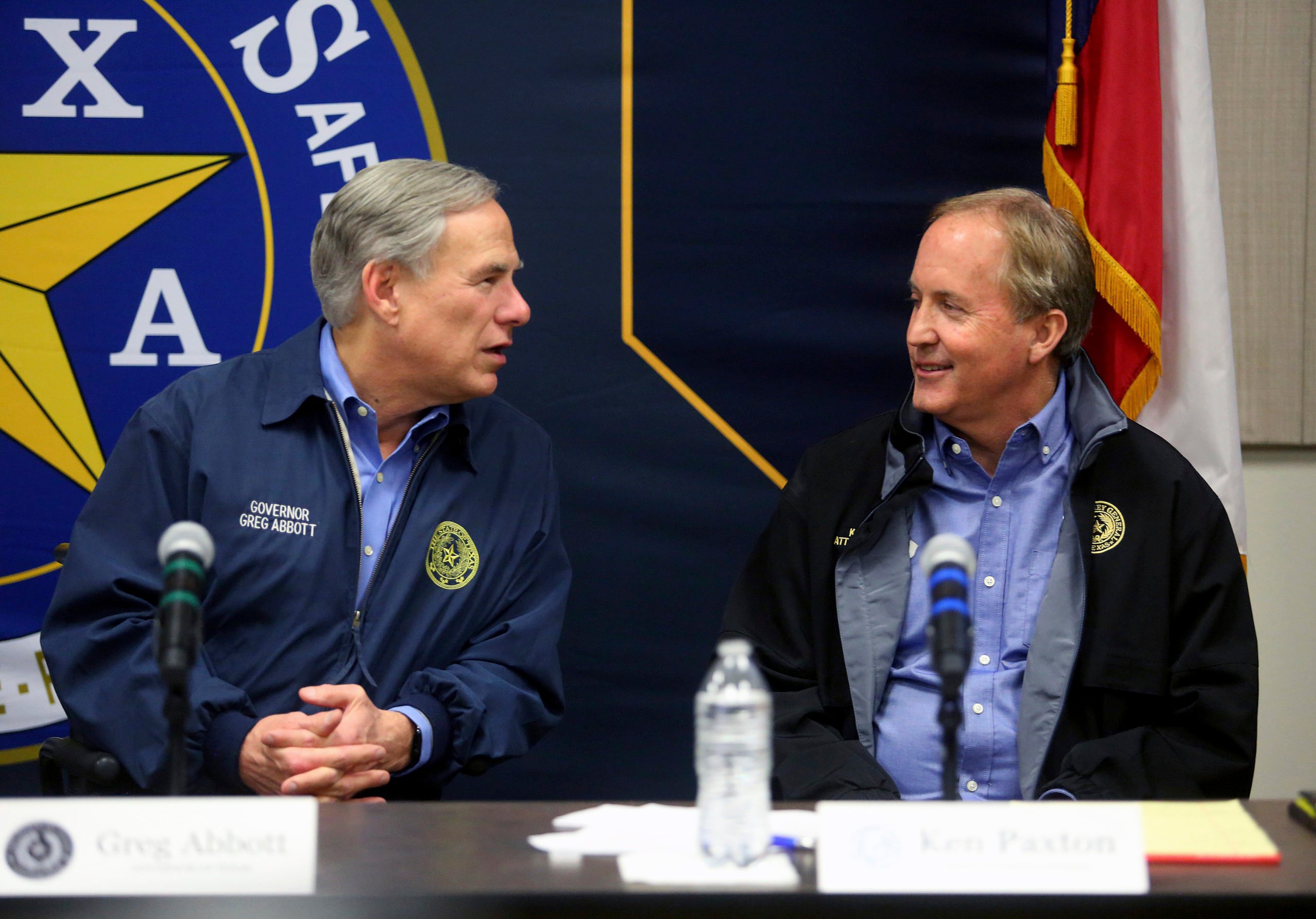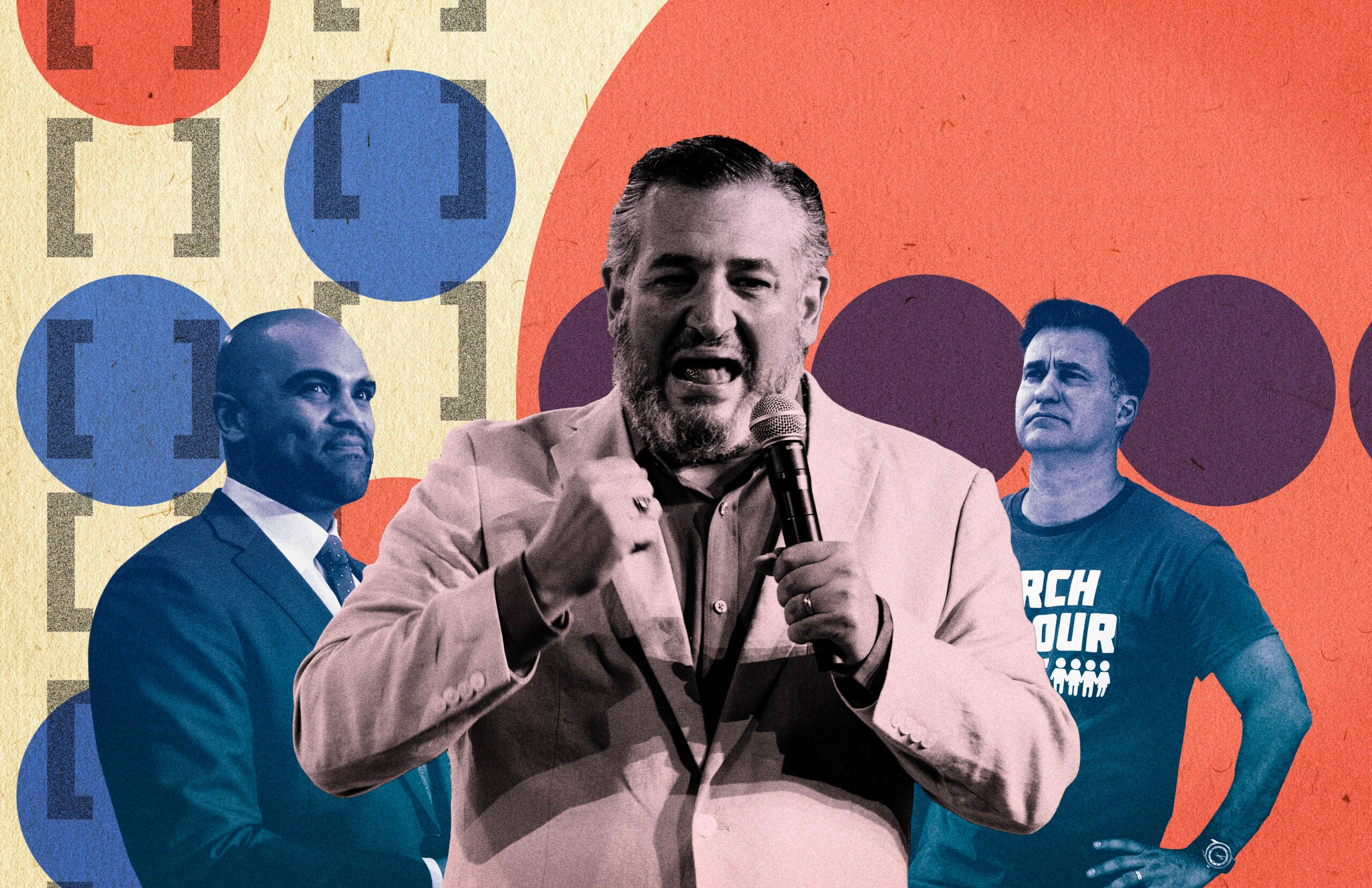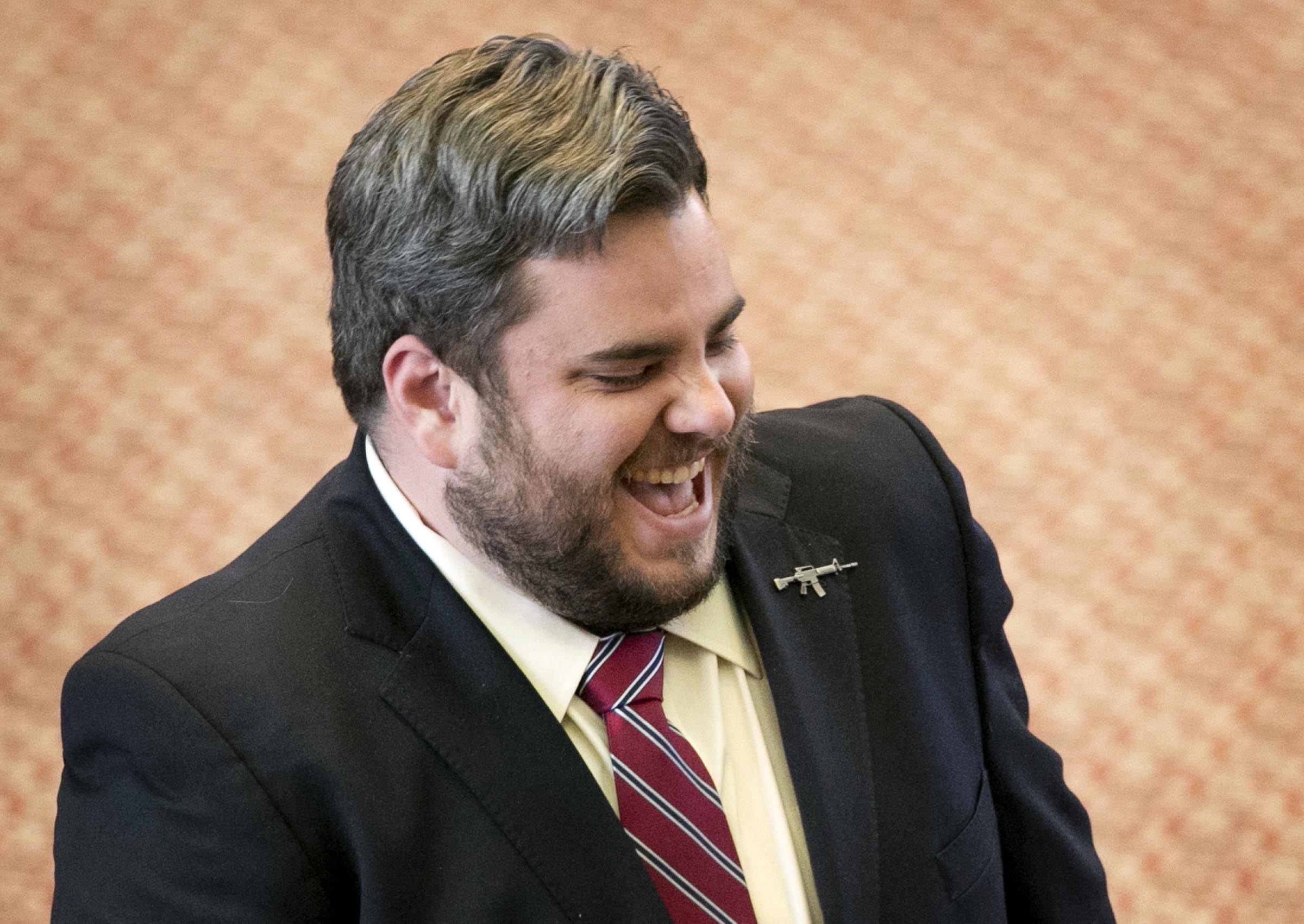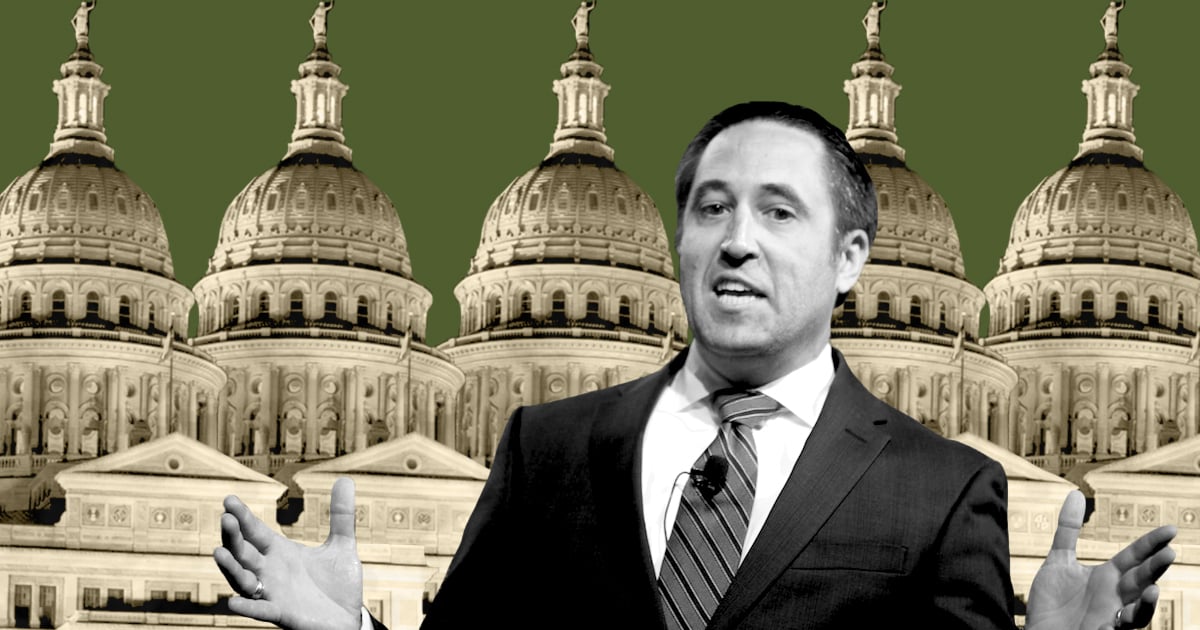
Texas Has Plenty of Money, But Will Lawmakers Use it to Fix Their Years of Negligence?
State Comptroller Glenn Hegar released his revenue estimate for the 2020-2021 biennium. The upshot is: There’s money to spend, if the Legislature is willing.

Above: Texas Comptroller Glenn Hegar
Things appear to be going swimmingly for those hoping that Texas legislators will finally address two of the state’s most intractable, intertwined problems: a broken school finance system and rapidly increasing property taxes.
First, Democrats enter the 86th Legislature with more power than they’ve had in a decade. Second, there’s unlikely to be a potentially nasty fight over the speaker’s gavel. (State Representative Dennis Bonnen, R-Angleton, appears to have a lock on the gig.) Meanwhile, Lieutenant Governor Dan Patrick, the state’s culture war champion, has remained suspiciously quiet about the prospect of bathroom bills or other divisive social issues.
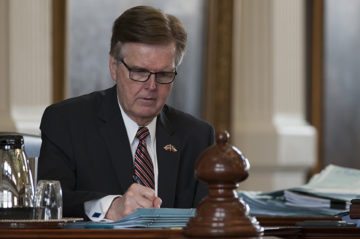
Perhaps humbled by a rough midterm performance, Republicans may finally be intent on prioritizing checkbook issues like school finance and property tax reform.
Still, at the notoriously stingy Legislature, the question of money is always paramount. After all the prisons and border deployments are paid for, will there be dollars left over to address schools and taxes? Texas Comptroller Glenn Hegar provided an answer on Monday as he released his office’s revenue estimate for the 2020-2021 budget cycle: Legislators can expect to have roughly $119 billion for general spending, an 8.1 percent increase from the previous biennium.
The state’s Rainy Day Fund, meanwhile, is projected to reach an all-time high of $15.4 billion.
In short, there’s money to spend.
$121 billion is what's needed to keep "current services" General Revenue support going for schools, higher ed, public safety while restoring $5 billion to #txed. This revenue estimate is pretty close to that. #txlege
— Eva DeLuna (@DeLunaEva) January 7, 2019
But having the money is one thing. If and how the Legislature decides to spend it is entirely another. Of course, the Republican-controlled Legislature has excelled at finding new ways to squander available funds on everything from inefficient property tax relief, piecemeal school finance fixes and heaps of corporate subsidies and tax cuts. Dan Patrick and the tea party faction are also intent on keeping the overflowing Rainy Day Fund under lock and key, despite the continued urgency of Hurricane Harvey relief. That could be a big wild card — given that Governor Greg Abbott never called a special session after Harvey, the Legislature has yet to allocate any state relief money. Leaders in the affected Gulf Coast region, from Rockport to Port Arthur, are sure to call on legislators to step up.
Of course, the devil will be in the details — GOP lawmakers are experienced at promising to tackle weighty, complicated issues like property tax relief and school finance reform while pushing policy that doesn’t really fix anything, or makes things worse. Abbott is intent on settling the property tax dilemma by handcuffing local governments’ ability to levy property tax increases, all while ignoring the larger problem at hand: the state needs to dedicate a lot more money for schools.

The state school finance system is in desperate need of an overhaul. Texas’ spending per student is around $10,000 a year, about $2,300 below the national average. Funding has remained relatively stagnant over the past decade and the state has plummeted to 36th in the nation in terms of per pupil spending. Meanwhile, as the state’s population has grown rapidly, the Legislature has forced local governments to pick up a larger share of the education tab through property tax revenues (thus fueling the current property tax crisis). In 2008, the state and local funding shares were split evenly, but the state’s contribution has since fallen to its current rate of 38 percent, according to the Center for Public Policy Priorities. Without a fix, that number is projected to fall even further. This has created a perpetual underfunding of the school system and has worsened the inequities between rich and poor districts.
But Hegar’s estimate is a heartening sign for advocates hoping for a substantial injection of state funding for public education — as much as $5 billion, which is what Straus has said the state can afford. Perhaps an emboldened caucus of House and Senate Democrats, in tandem with Republicans who saw the writing on the wall in November, will be able to succeed in pushing for a more comprehensive solution.
Of course, that’s all assuming that Dan Patrick’s eerie silence heading into the session doesn’t portend another hijacking of the Texas Capitol with matters of lavatory preferences or some other cockamamie Fox News fodder.
